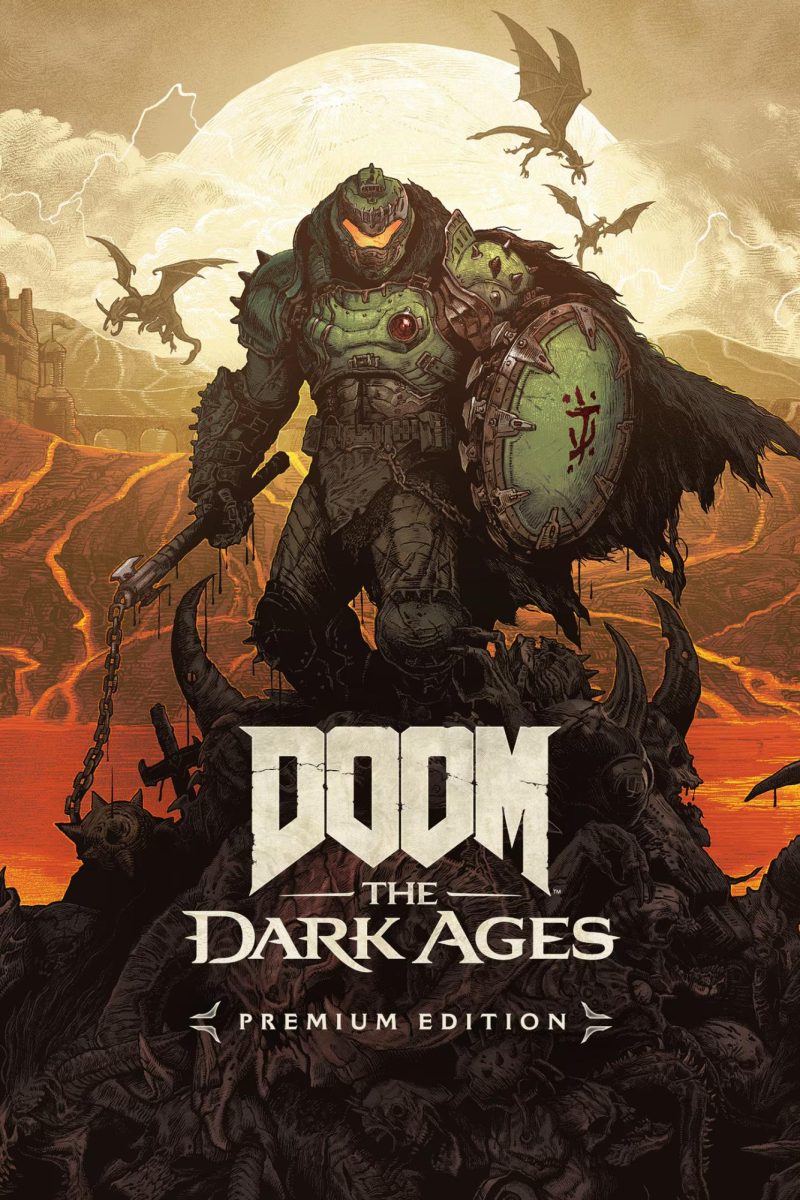The awkward transition from the ‘80s to the ‘90s was the year of 1989 when hard grunge filled the air. Loud electric guitar in the background of screaming voices and angry shouts were the common sounds in the year 1989. Alternative rock shook the world of 1989.
The Pixies, Nine Inch Nails, The Stone Rose and The Beastie Boys were all common bands that angsty teens jammed out to in their cars after school on Fridays on their way to the local drive-in theatre. Musically this was a transition from the ‘80s and that kind of music slowly became unpopular.
Tunes that made you shift in your seat a little, maybe even make you uncomfortable from how odd it was were played everywhere during this period of time. Melodies that were far from the “norm” filled each stereo with excited faces and eyes of rebellion. If you have ever listened to The Pixies or Nine Inch Nails, you will understand the rebellious and exciting vibe I am speaking of.
The Pixies album Doolittle released in 1989 stirred up the curious and eerie whispers that the sane ignored. Sweet and melodic was the tune from some specific tracks from the album but absolutely ear-bleeding, mocking and brutal were other tracks. This album release inspired many and shaped the way future bands would produce music in this alternative rock era of music.
Nirvana was also a key stone in terms of the alternative rock section of music that was widely produced this year. Though it is said they hated the term “grunge” to describe their music, Nirvana was definitely a key part of underground music that became very popular in 1989.
In contrast to the world of alternative rock that shook the world of 1989, 1964 was a completely different year of music. Calming music that told stories and made you tap your foot filled the air of this century 50 years ago. The Beach Boys, Frank Sinatra, The Rolling Stones and The Beatles were artists very popular in this era and have survived the dirt and grime from the centuries and are still around today.
Something you might find similar to that of a scene from the motion picture Grease that was released in 1978, swing music that made you want to get up from your seat and dance was more common than not in this year of glamour and big hair, big bows and moderately high heels.
If you ever heard Frank Sinatra today, it would most likely be his well-known tune, “Fly Me to the Moon” at your high school dance. Believe it or not, in the year 1964 his album Frank Sinatra & Count Basie: It Might As Well Be Swing was not played just at school dances when they needed a classy slow song but everyday music on the radio. With a steady beat in the background, trumpets and the saxophone, Sinatra’s voice filled this era with class and steady rhythm pleasing to the ear.
It is hard to tie together two totally different eras of music together but they both have one thing in common; their melodies never faded away. They are still stacked neatly on bookshelves of grunge and house music lovers. Every now and then these bands show up on the radio, make an appearance at a concert or tweet to long-lived followers. Still around today, the beloved melodies of 1989 and 1964 are still very much alive today.




